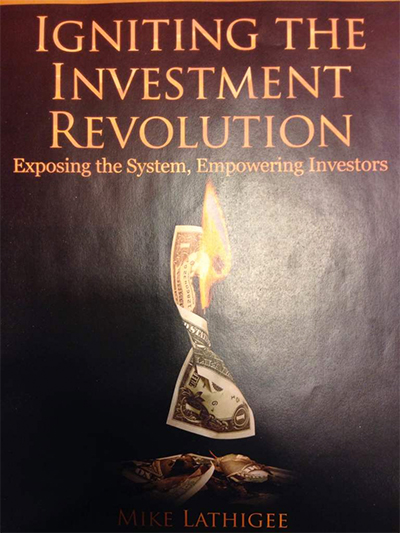The economic outlook in much of the world does not look good, which is a major reason investors are flocking to the USA stock markets. Europe and Japan are fighting deflation with Europe on the verge of a recession. China is also having slow growth, adding more downward pressure on oil prices.
The biggest exposure we see is the possibility that negative growth in other economies could pull the US economy into a recession. We don’t believe this will happen as we are seeing slight improvements in Europe. However, this an important point and one of the reasons to pay attention to these newsletters as we are watching this balancing act with much interest.
The Fed is also on our watch list. With the strong employment numbers the Federal Reserve policymakers may feel more comfortable about starting their long awaited move to raise short-term interest rates starting in June. Wall Street had not expected this step until September or even later, so this could create some bumps in the road.
Once again we are not overly concerned as the Fed will delay raising rates if they see any slowdown in the economy. The Fed remains “dovish” and is not concerned about low interest rates causing inflation. We believe that the Fed would probably wait for more evidence that underlying inflation was picking up before deciding to move rates higher.
Although the employment numbers are improving, the labor participation rate remains low. This means that while more jobs have been created, the number of people who have stopped looking for work is at an all-time high. These people have fallen off the radar and are not included in the unemployment rate, which is the reason the official unemployment rate is so low.
As you know, one of the main drivers of American stock prices is earnings. In this first quarter of 2015, the corporate earnings in American multinational companies are weak. The combination of a stronger greenback and a weaker global economy is having a negative impact on the earnings of US multinationals. As investors, this is the area we must continue to closely monitor.
US workers’ wages are still showing little strength or growth. This is renewing concerns that economic gains are not being widely spread and middle class workers are being left behind.
In fact, in many states the top 1 percent of income earners have captured all of the income gains since the Great Recession officially ended in June 2009. At the same time, everyone else saw either no gains or declining income.
California is the best example. From 2009 through 2012, overall income for its roughly 39 million residents rose 6.8 percent. However, all those gains went to California’s wealthiest people, with the top 1 percent witnessing a whopping 49.6 percent jump in income while other earners in the state saw their incomes fall by 3 percent.
Today the average household income in the top 1 percent is $1.3 million per year compared to the other 99 percent of the people averaging an annual income of $43,713. These statistics are based on data from the Internal Revenue Service and California is just one of many states reflecting this imbalance of wealth distribution.
The US dollar trade deficit is the highest it has been in over eight years. The cause is strong growth in the United States boosting imports, while weak growth overseas and a rising dollar continue to depress exports. Once again, this is concerning for American exporters.



There are 0 comments